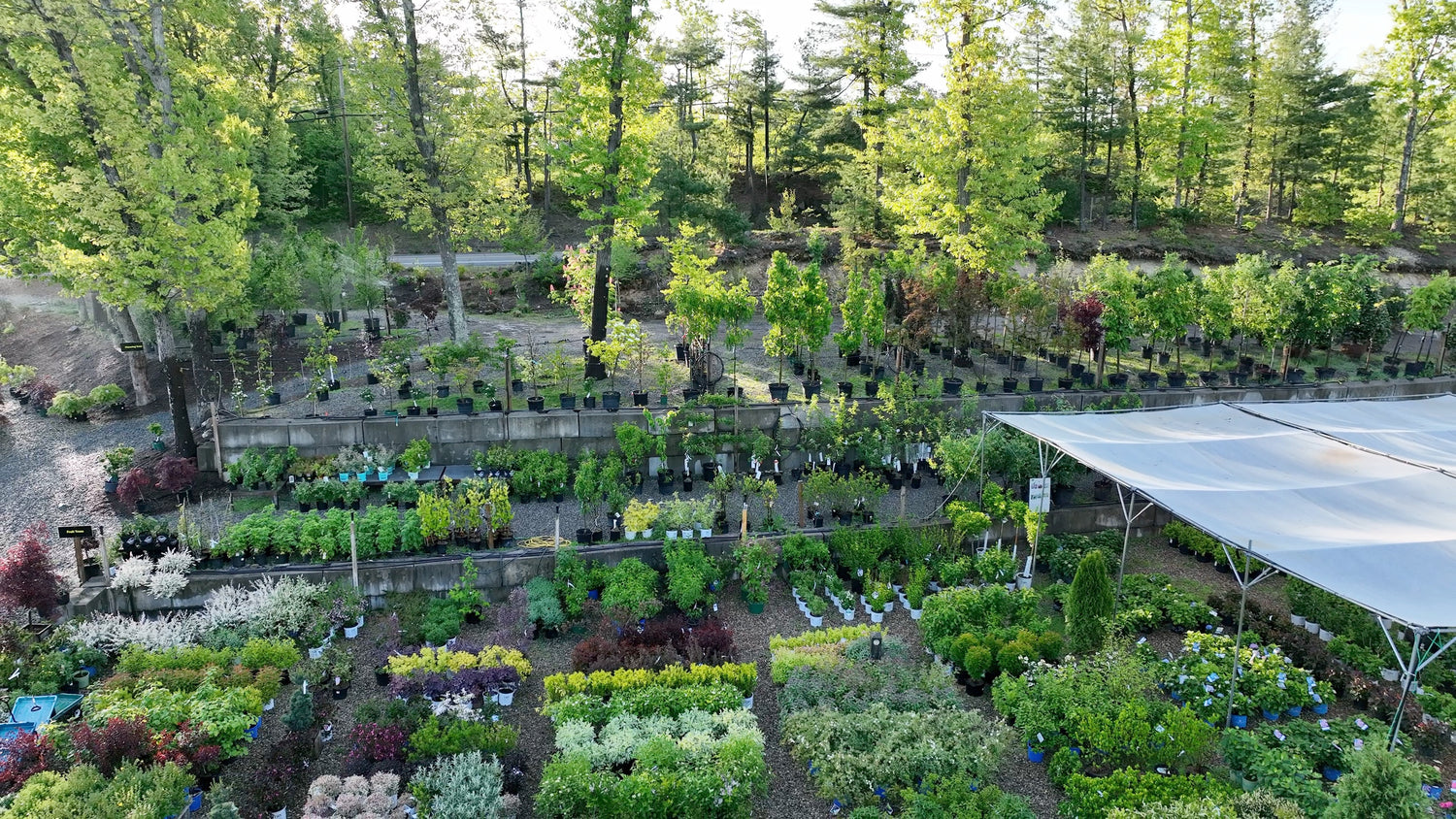Plant Guide
Height: 5 feet
Spacing: 3 feet
Sunlight:
![]()
Hardiness Zone: (annual)
Other Names: Mexican Husk Tomato
Description:
A rapid branching selection, growing upwards of 5 feet tall; produces small, round fruit in either green, purple or yellow; both tart and sweet, perfect for salsas, roasting, grilling and preserves; staking required
Edible Qualities
Tomatillo is an annual vegetable plant that is commonly grown for its edible qualities. It produces lime green round fruit (technically 'capsules') with a plum purple blush and white flesh which are typically harvested when mature. The fruits have a tart taste and a firm texture.
The fruit are most often used in the following ways:
- Eating When Cooked/Prepared
- Cooking
- Baking
- Preserves
- Sauces
Planting & Growing
Tomatillo will grow to be about 5 feet tall at maturity, with a spread of 3 feet. When planted in rows, individual plants should be spaced approximately 3 feet apart. Because of its vigorous growth habit, it may require staking or supplemental support. This fast-growing vegetable plant is an annual, which means that it will grow for one season in your garden and then die after producing a crop.
This plant is typically grown in a designated vegetable garden. It should only be grown in full sunlight. It does best in average to evenly moist conditions, but will not tolerate standing water. It is not particular as to soil pH, but grows best in rich soils. It is highly tolerant of urban pollution and will even thrive in inner city environments. This species is not originally from North America.
Tomatillo is a good choice for the vegetable garden, but it is also well-suited for use in outdoor pots and containers. With its upright habit of growth, it is best suited for use as a 'thriller' in the 'spiller-thriller-filler' container combination; plant it near the center of the pot, surrounded by smaller plants and those that spill over the edges. It is even sizeable enough that it can be grown alone in a suitable container. Note that when growing plants in outdoor containers and baskets, they may require more frequent waterings than they would in the yard or garden.



